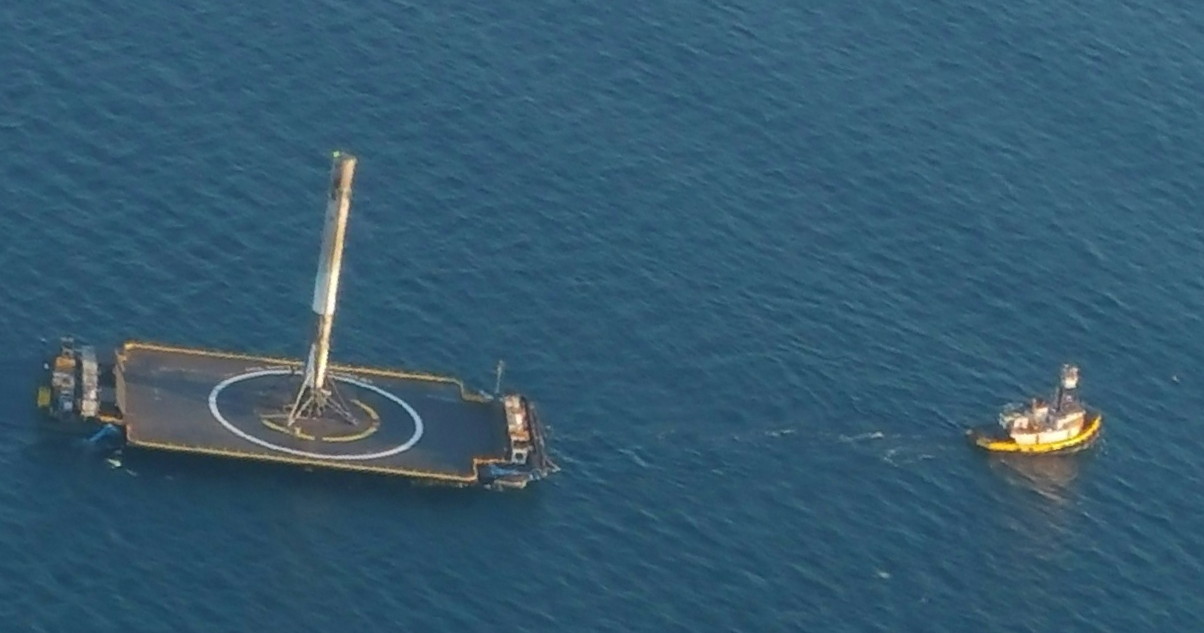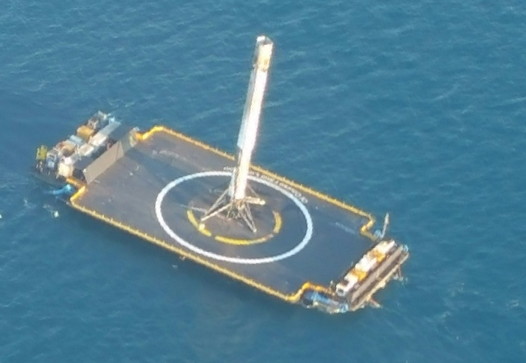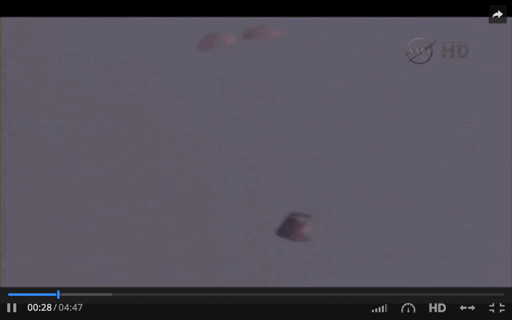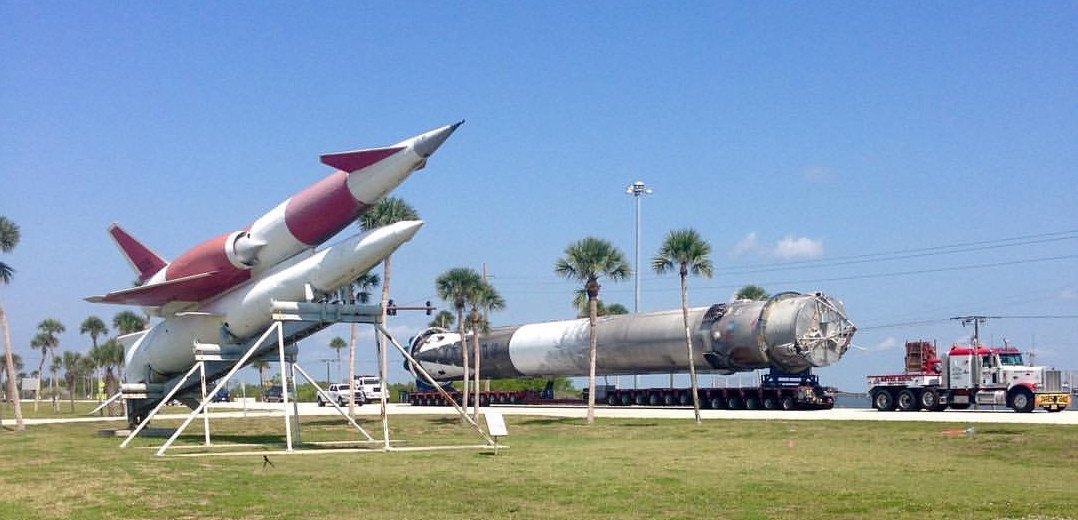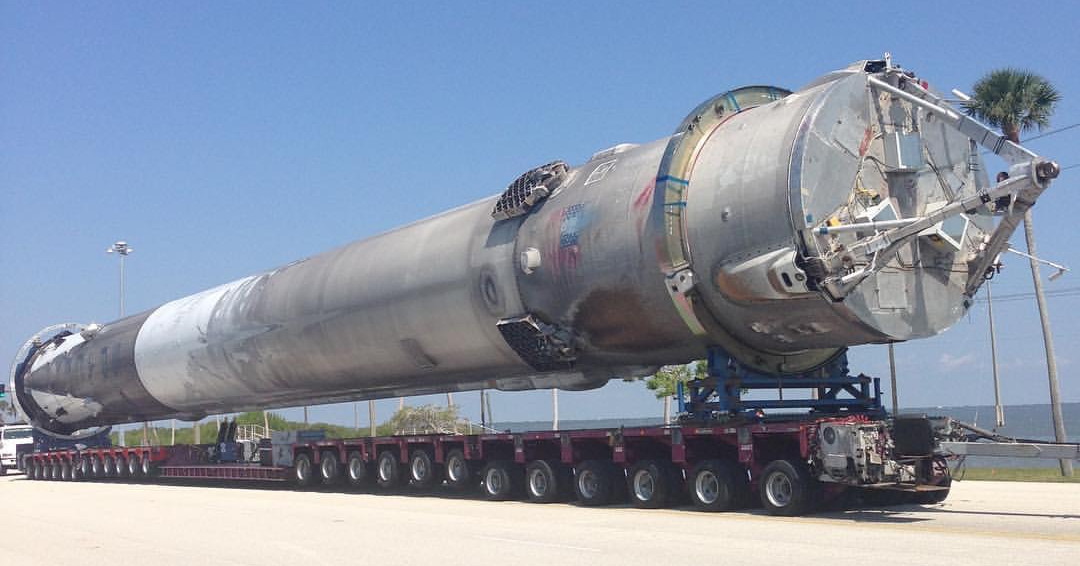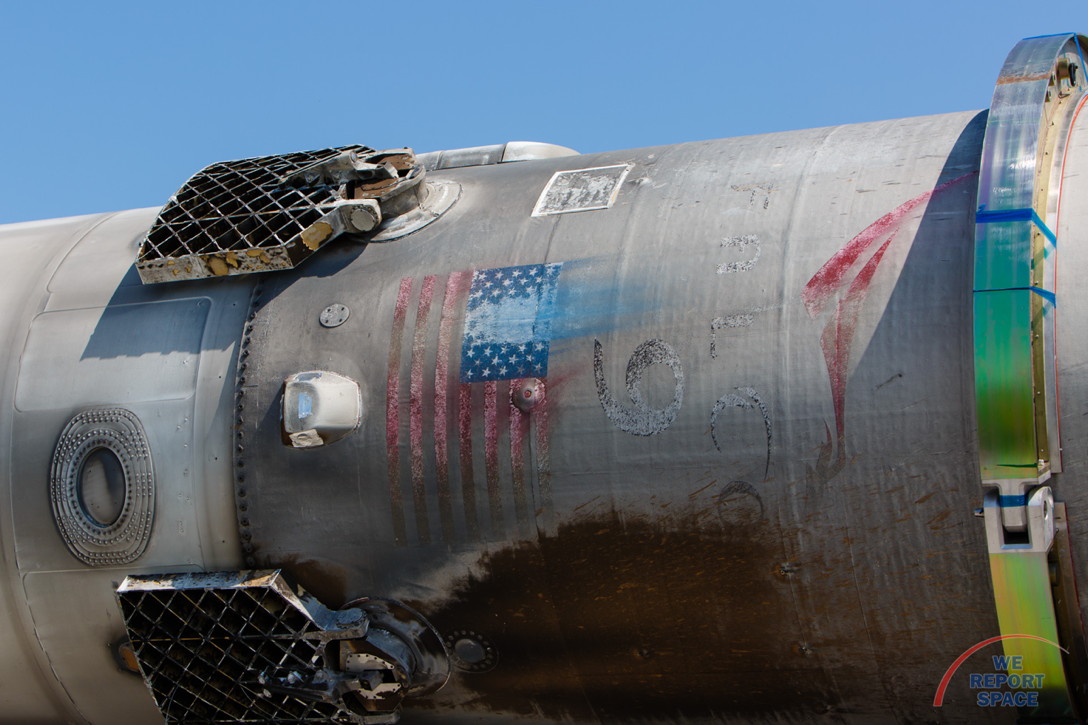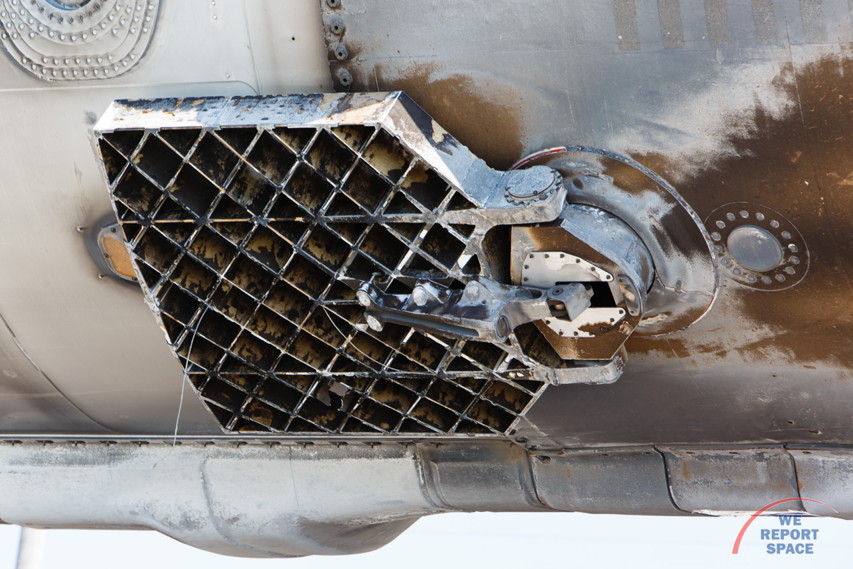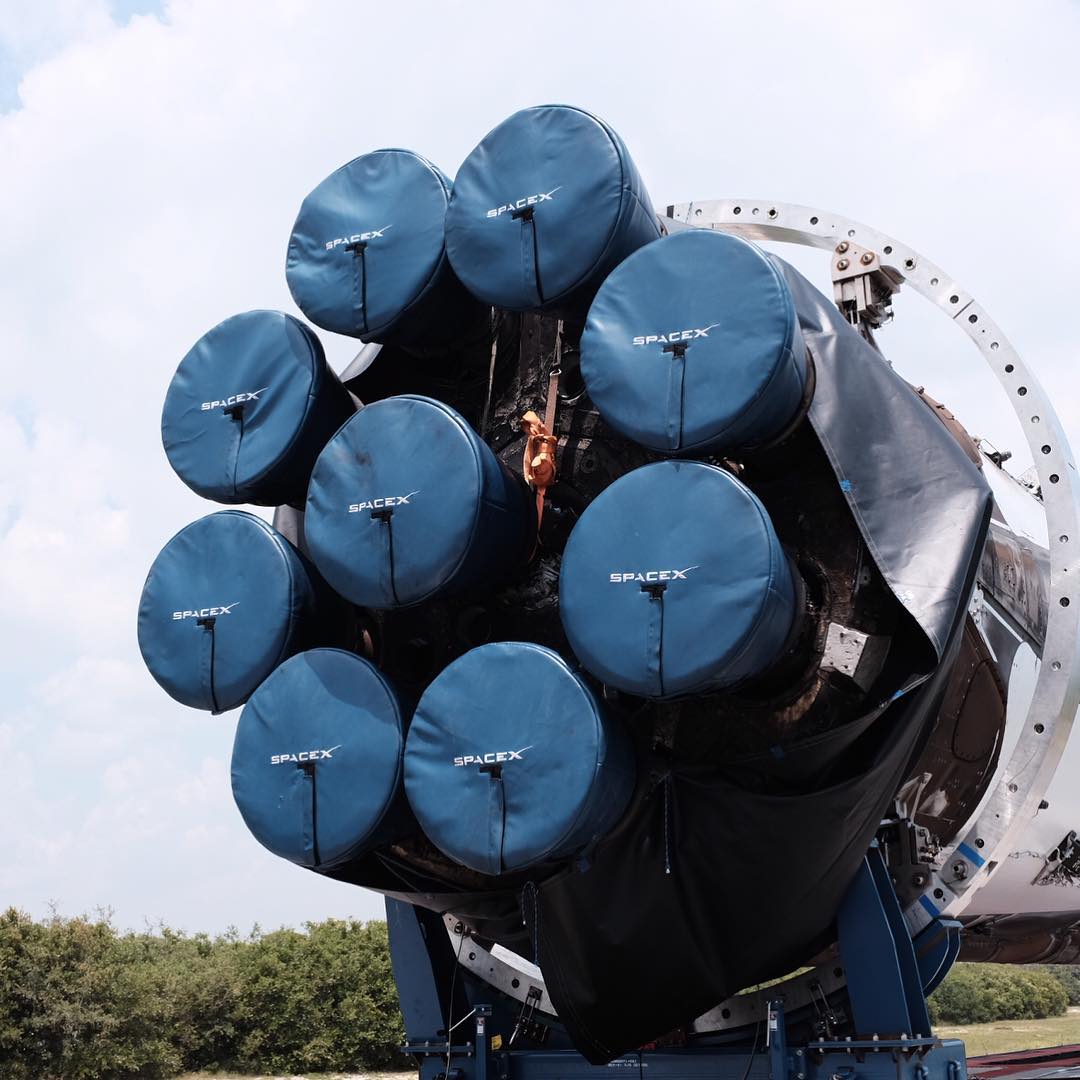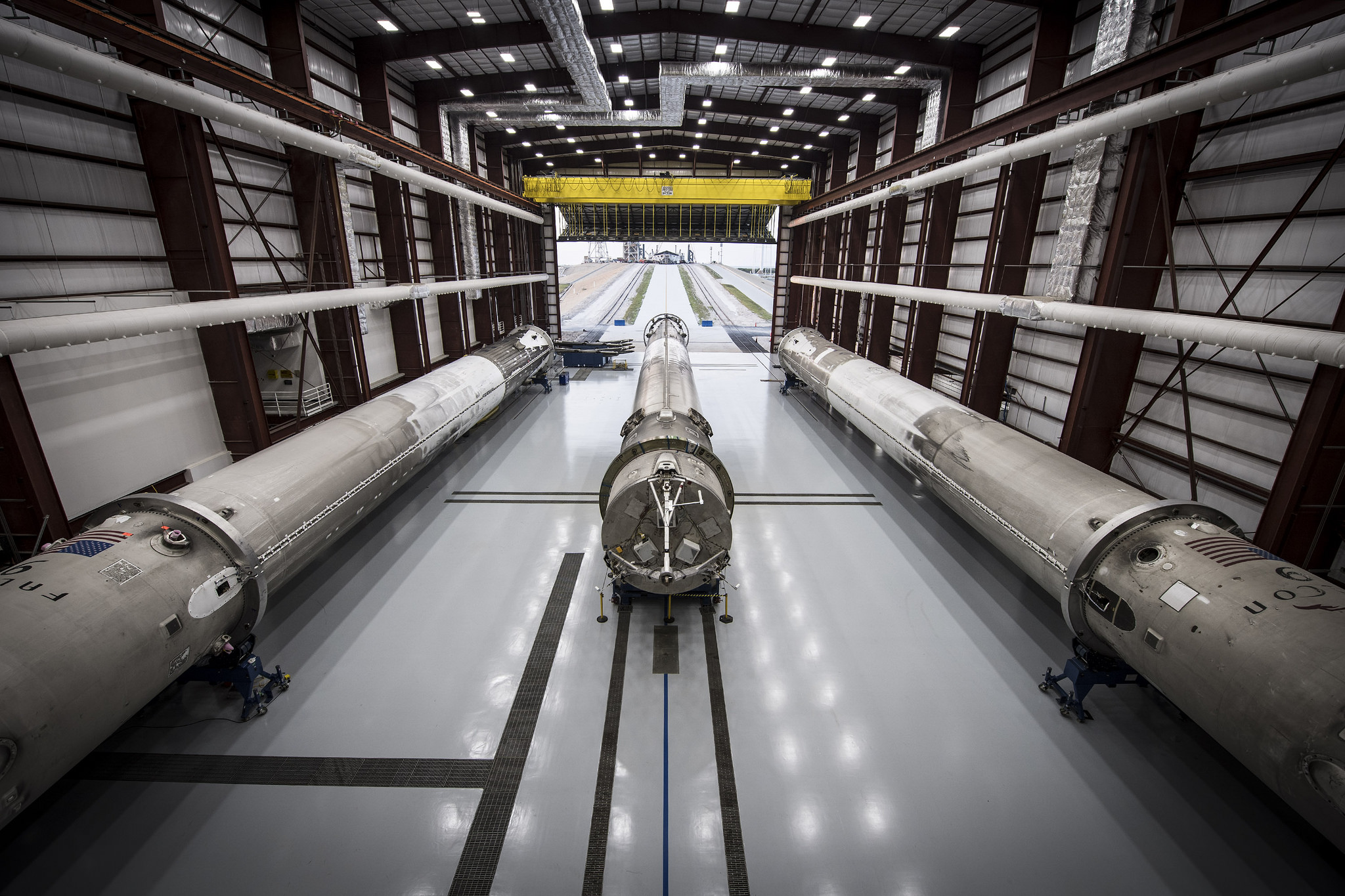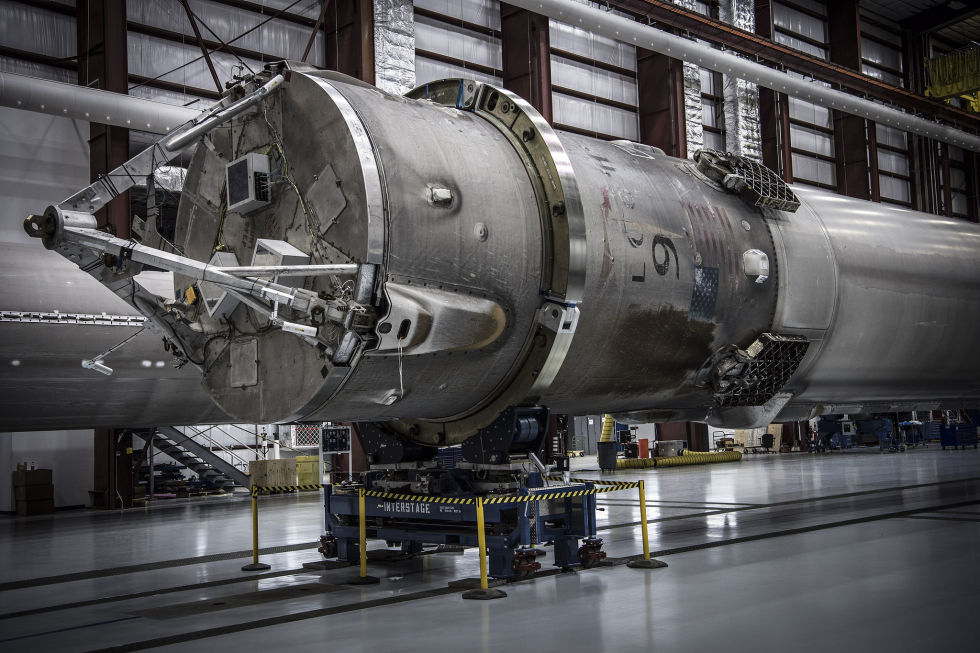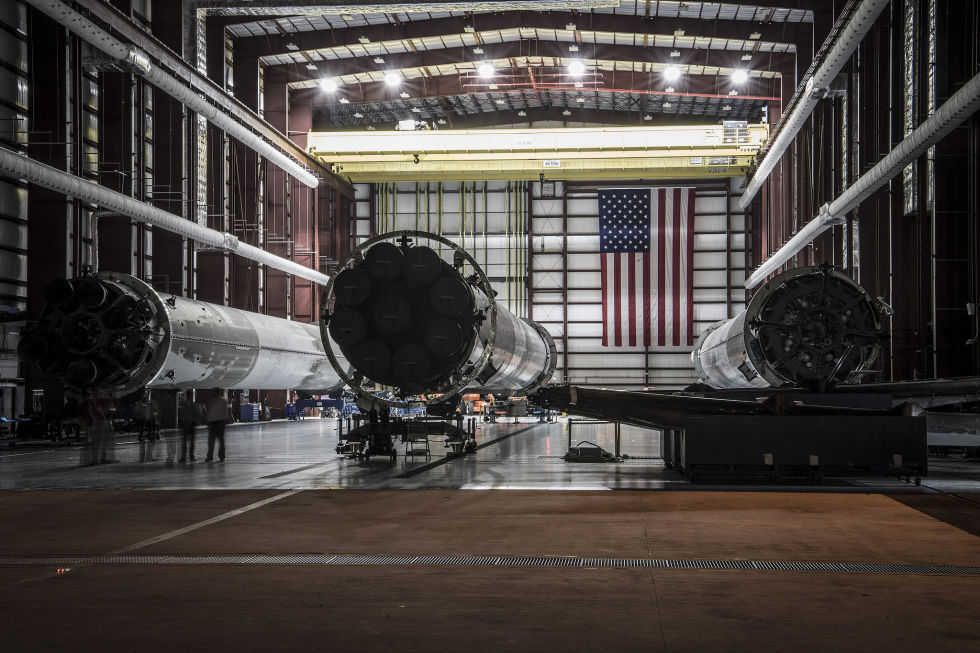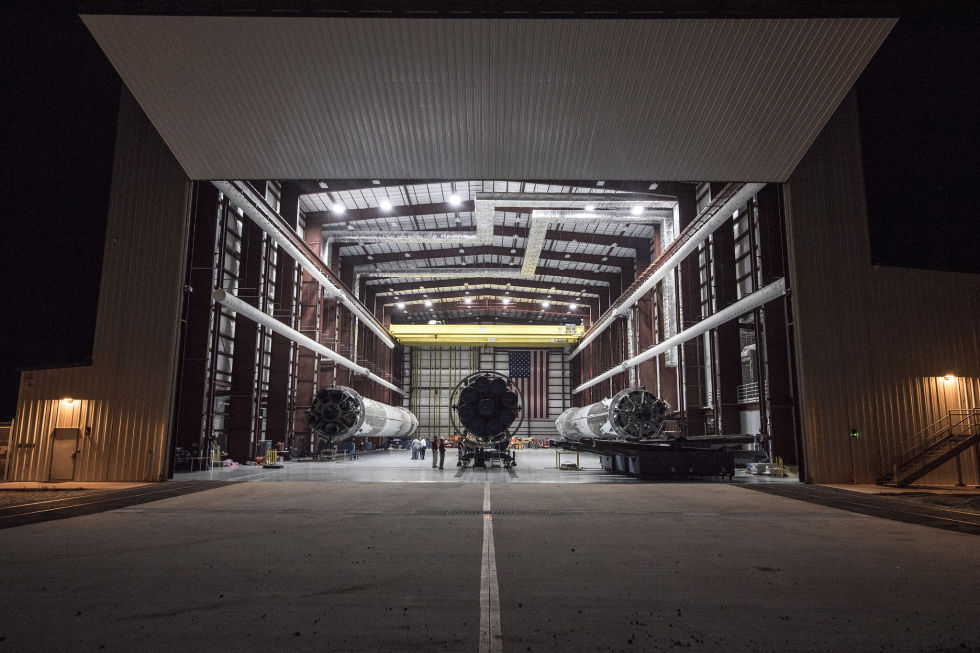It does indeed seem that the TEA and TEB hypergolics that are used to ignite, and re-ignite the engines, were vented at and after landing. They burn green so the green flashes indicate TEA and TEB burning as noted. There would be no need for the TEA and TEB to be used for landing itself, since once an engine is (or engines are) re-ignited, there's no need to keep injecting during normal engine operation.
They had not done that before, it seems. But when the CRS-8 booster was at the dock and being prepared to be moved, one-by-one the residual TEA and TEB for each engine was burned off. So it would seem one of those "dog caught the bus.... now what" things Musk referred to, was this issue and how to deal with that better. Certainly lots of sense to burn that off right after touchdown than have a complicated process to do at the dock, plus hypergolics are never safe for humans to be around to begin with. And there's not a LOT of it, since they only need to inject a small amount of each for a brief time when the Lox and Fuel start pumping thru, for ignition.
Just like you do not need a full box of matches to have onhand to light a fuse for a firecracker, just one match to burn long enough to start the fuse properly. Or in the case of a Falcon-9 booster, four set of matches worth (original launch on 9 engines, boostback burn of 3 engines, re-entry burn of 3 engines, landing burn with 1 to 3 engines).
As for the LOX, whatever is left (and it ain't much) is vented as it warms up to become gaseous, vent at the top. I would not be surprised if after landing and a crew goes aboard, one of the early tasks for the ASDS crew would be to hook up a hose to purge remaining oxygen gas from the Falcon tank, such as nitrogen. To keep the tanks pressurized in flight so it does not buckle as fuel is consumed, pressurized helium is released to maintain tank pressure (that is a very common and old-school method to maintain tank pressure). So most of what is left in the tank after landing is helium, or rather a mix of helium and oxygen, but that is not as inert as nitrogen (can't just pump air into the tank since the air would be humid and salty, not the kind of stuff you want to have in a reusable rocket's oxygen tank, or RP-1 tank for that matter).
The RP-1 (kerosene) fuel is very stable so no need to burn that off, it can be drained safely later (this presumes no "hot re-entry" damage that might cause a leak. But if damaging heat got that far deep upwards, there would likely be more serious issues such as with the gimbal steering systems which would then tend to "solve" the problem of significantly leaking RP-1 after landing, by crashing out of control). Heck, the ASDS barge has way more diesel fuel (or whatever fuel is used for the engines that runs the electrical generators and hydraulic pumps) onboard than the Falcon booster does after landing.
mpitfield - thanks for posting the CRS-8 Dragon return update. It seems I really would need to have "magic" to come up with video of the landing, none of the usual sources have anything. Since the landing is an unmanned capsule hundreds of miles into the Pacific, with perhaps no more than the commercial ship SpaceX hires to do recovery, the only likely video would be from onboard that ship, no NASA resource. Certainly no re-entry video, and no "descent" video until low enough for a ship-based camera to see. Now, no doubt one or more people onboard shot video, but not necessarily high quality zoomed-in gimbal-stabilized video (this is a ship at sea after all), but of a handheld variety. If SpaceX did have a live video feed to see real-time at the control center, they didn't feel like sharing it live.
OK, I did some more searching after writing the above. There is only one CRS Dragon mission with landing video, which is CRS-1. Indeed it was shot handheld and not great quality, showing the last few moments before splashdown. This does not mean there is no re-entry / descent video somewhere, just this is what I found.
- George Gassaway
Ta-Daaa! Yeah, not much magic mojo this time given the request criteria.....
[video=youtube;SqndBnON1Ks]https://www.youtube.com/watch?v=SqndBnON1Ks[/video]





